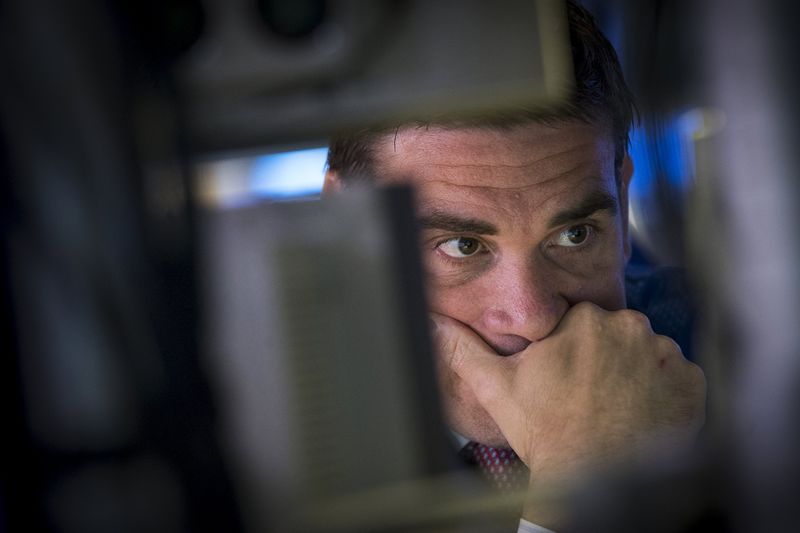
© Reuters.
By Doyinsola Oladipo
NEW YORK (Reuters) – The world’s largest cruise ship is about for its maiden voyage on Saturday, however environmental teams are involved that the liquefied pure gas-powered vessel – and different big cruise liners to observe – will leak dangerous methane into the ambiance.
Royal Caribbean (NYSE:) International’s Icon (NASDAQ:) of the Seas units sail from Miami with capability for 8,000 passengers throughout 20 decks, profiting from the surging recognition of cruises.
The ship is constructed to run on liquefied (LNG), which burns extra cleanly than conventional marine gas however poses better dangers for methane emissions. Environmental teams say methane leakage from the ship’s engines is an unacceptable threat to the local weather due to its short-term dangerous results.
“It’s a step in the wrong direction,” mentioned Bryan Comer, director of the Marine Program on the International Council on Clean Transportation (ICCT), an environmental coverage suppose tank.
“We would estimate that using LNG as a marine fuel emits over 120% more life-cycle greenhouse gas emissions than marine gas oil,” he mentioned.
In phrases of warming results, methane is 80 occasions worse over 20 years than carbon dioxide, making reducing these emissions key to holding down world temperature warming.
Cruise ships like Icon of the Seas use low-pressure, dual-fuel engines that leak methane into the ambiance through the combustion course of, often known as “methane slip,” in response to trade consultants. There are two different engines used on bulk carriers or container ships that emit much less methane however they’re too tall to slot in a cruise ship.
Royal Caribbean says its new ship is 24% extra environment friendly on the subject of carbon emissions than required by world transport regulator the International Maritime Organization (IMO).
LNG emits fewer greenhouse gases than very low sulfur gas oil (VLSFO) that powers many of the world transport fleet, mentioned Steve Esau, chief working officer of Sea-LNG, a trade advocacy group.
Cruise engines convert pure gasoline into energy in a cylinder, the place it’s “important to make sure that all the natural gas is converted to energy,” mentioned Juha Kytölä, director of R&D and Engineering at Wärtsilä, which developed the cruise ship’s engines.
What isn’t transformed can escape through the combustion course of into the ambiance, he mentioned, including that Wärtsilä’s pure gasoline engine know-how emits 90% much less methane than it did 20 to 30 years in the past.
Cruise ship engines have an estimated methane slip of 6.4% on common, in response to 2024 analysis funded by the ICCT and different companions. The IMO assumes methane slip at 3.5%.
“Methane is coming under more scrutiny,” mentioned Anna Barford, Canada transport campaigner at Stand Earth, a nonprofit group, noting that the IMO final summer time mentioned its efforts to chop greenhouse gases contains addressing methane emissions.
Of the 54 ships on order from January 2024 to December 2028, 63% are anticipated to be powered by LNG, in response to the Cruise Line International Association. Currently, about 6% of the 300 cruise ships crusing are fueled by LNG.
Newer cruise ships are being designed to run on conventional marine gasoline oil, LNG or options like bio-LNG that solely account for a fraction of U.S. gas consumption.
Royal Caribbean will use completely different fuels because the market evolves, mentioned Nick Rose, the corporate’s vp of environmental, social, and governance.
“LNG is one piece of our actual strategy,” he mentioned.


